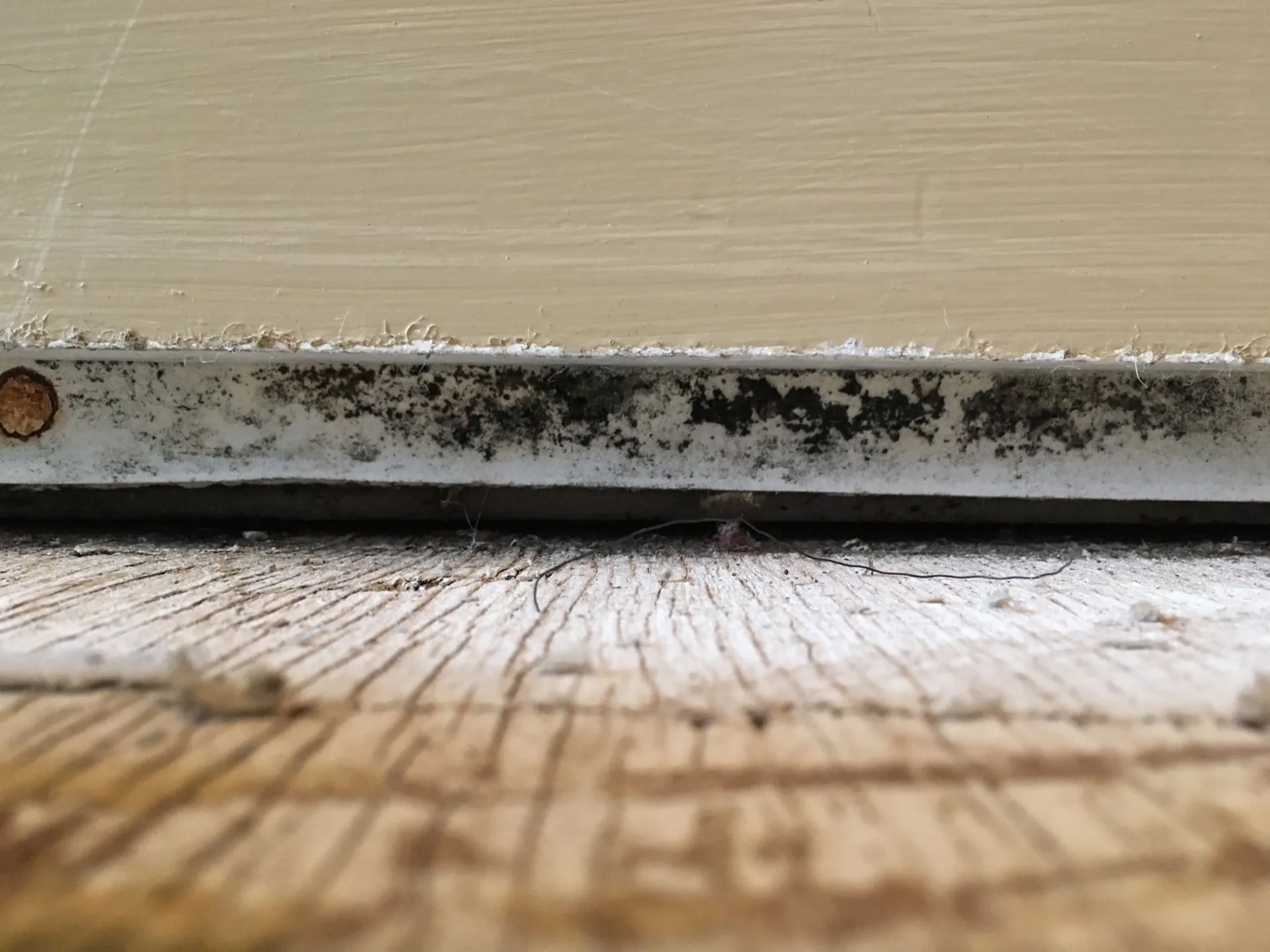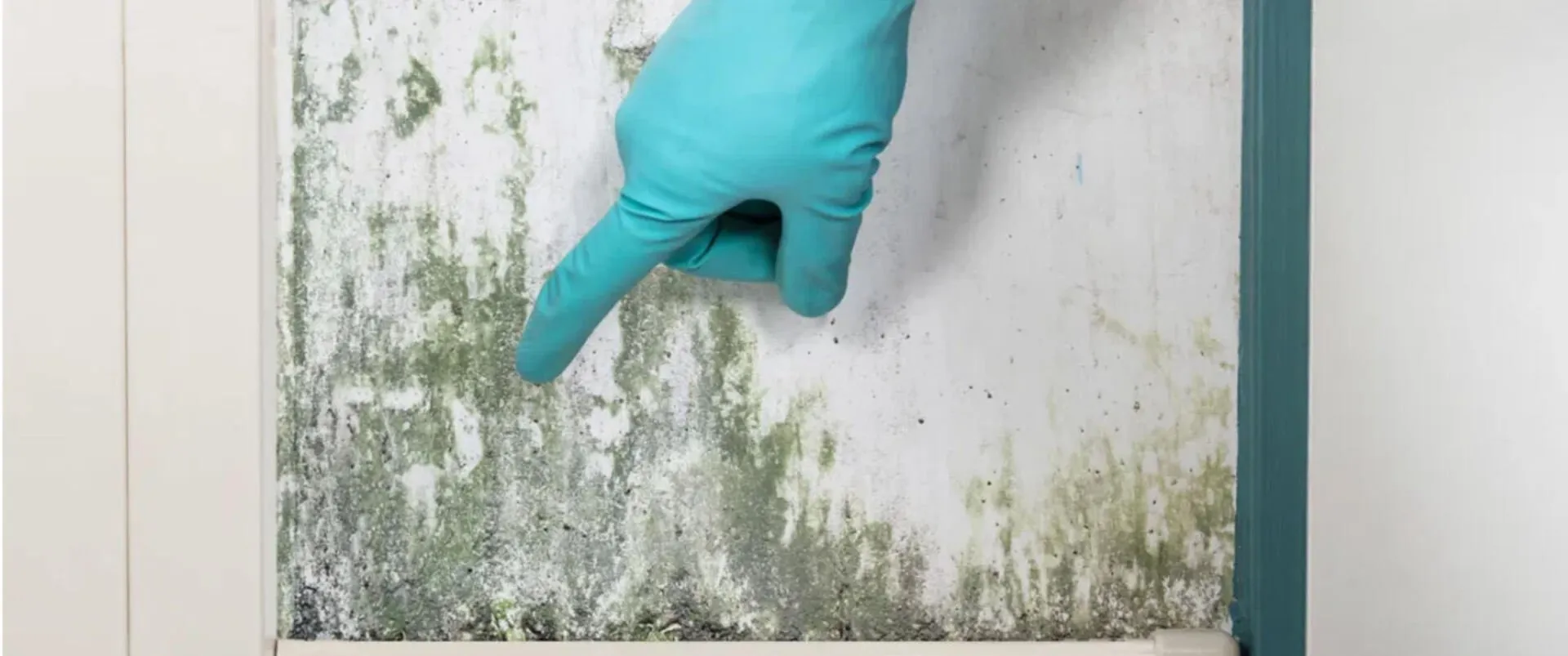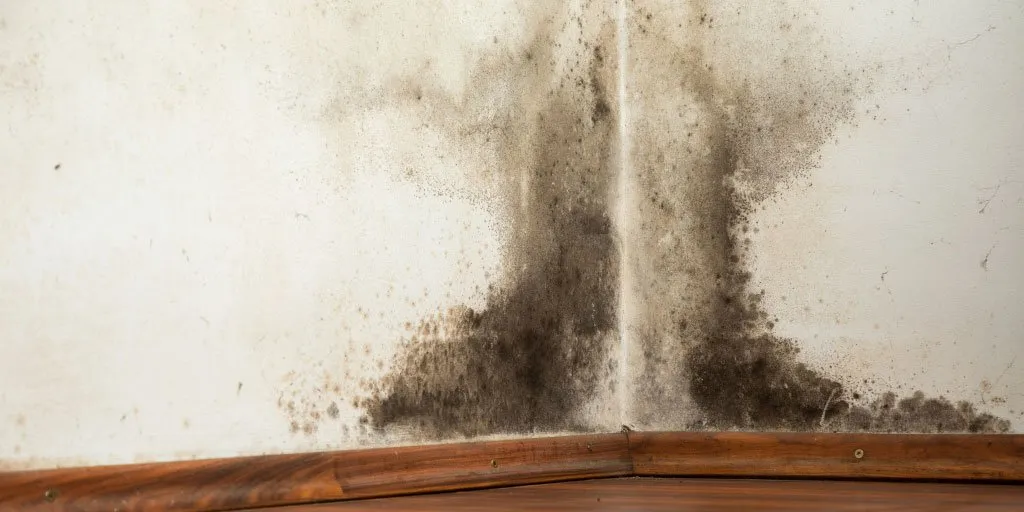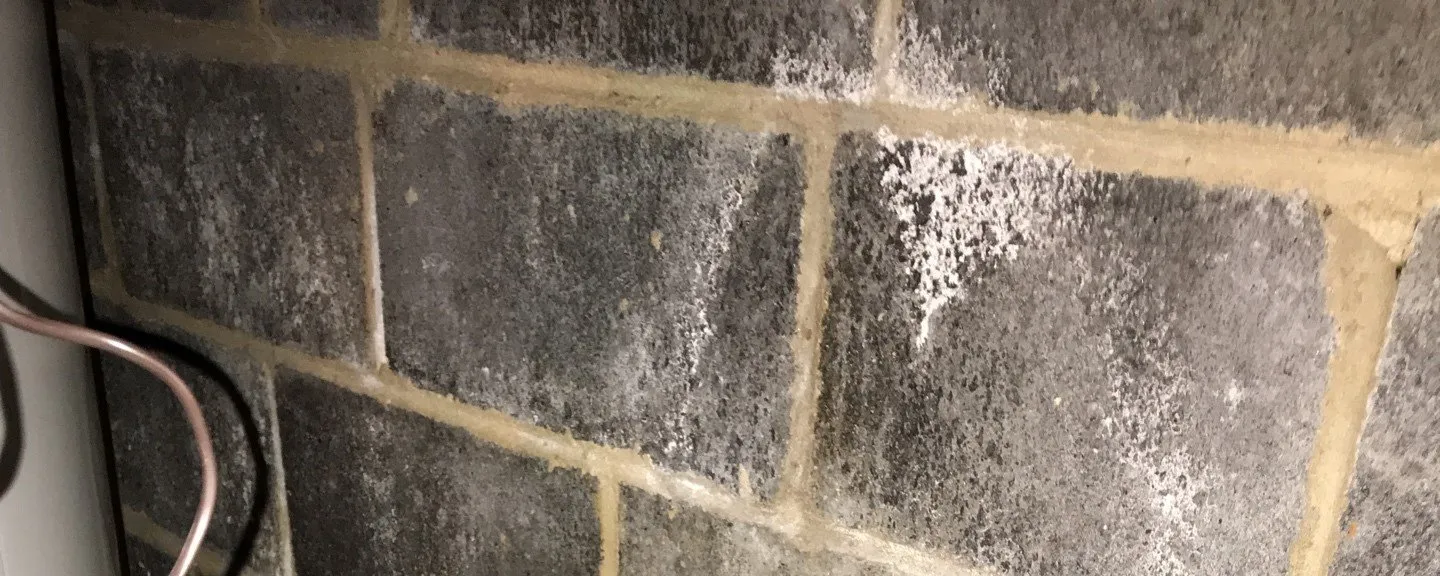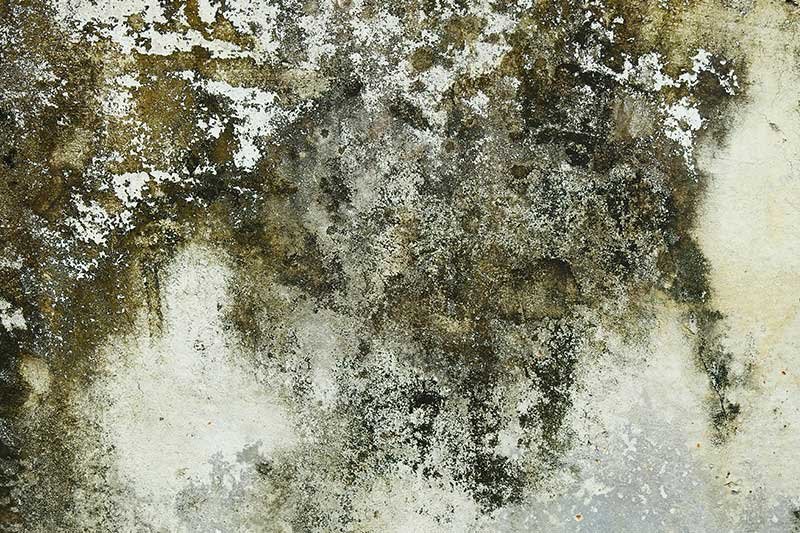
There are a lot of mold remediation myths floating around out there. Some resources will imply that mold is nothing to worry over, while other resources will suggest running for the hills because mold is scary and will make everyone sick. The polarizing information makes dealing with mold concerns a very difficult process for property owners. Misinformation can leave homeowners vulnerable to scare tactics from unscrupulous “pros” trying to sell a massive and potentially unnecessary amount of work. On the other hand, misconceptions that undermine the importance of proper mold remediation can leave homeowners with mistreated mold problems, residual property damage, and more problems down the line.
7 Common Mold Myths Explained & Debunked
The reality is that mold is a very real problem, but it is a very fixable problem. Indoor mold growth does not necessarily mean flee the premises immediately, but letting mold go unchecked is not a good option either. Keep reading as we dive deeper into five of the most common myths and misconceptions about mold.
Myth 1: “I only need to worry about black mold or toxic mold.”
Truth: Excess levels of mold growth, no matter the color or type, needs to be assessed & properly addressed.
The dangers of “black mold” or “toxic mold” have really been sensationalized. The truth of the matter is, the color of the mold growth does not matter. While the popular “black mold” or stachybotrys is known to produce mycotoxins that can lead health implications, there are numerous other molds that also produce mycotoxins that come in various colors and can cause various health effects. Ultimately, the effects of mold depend a great deal on the individual, their immune system, the type of mold, length of exposure and various other factors.
Most importantly, excessive mold growth of any kid is a problem and needs to be actively removed to ensure the restoration of clean and safe living conditions. Unaddressed fungal growth can lead to damaged building materials and diminished structural integrity; therefore, it should be properly addressed no matter the species. Mold also means underlying moisture problems that can cause significant property damage. Following mold removal, it is important to properly repair the moisture source to prevent regrowth in the future.
Myth 2: “Bleach kills mold”
Truth: Bleach is not effective at removing mold from porous surfaces like wood.
The EPA formally recommends against the use of bleach to remove mold because it is ineffective in most cases. In very specific incidences, bleach can be used to address small areas of minor mold growth on hard, non-porous surfaces. Bleach is absolutely ineffective for the removal of mold from porous surfaces like wood. Mold spores spread, develop and root into the fibers of porous materials like wood, drywall, and cellulose-based building materials. Bleach cannot penetrate the surfaces to treat the deeply embedded mold root system. Even after applying bleach and wiping away mold from these surfaces, the mold will continue to grow beneath the surface and will return to the area you cleaned in a short amount of time. That is why so many homeowners will report that they tried bleaching it, but it just keeps coming back.
Mold spores and mold roots need to be actively removed following specific remediation protocols. Professional mold removal technicians in Kansas follow a specific mold removal process that includes HEPA vacuuming, antimicrobial application, physical scrubbing and deep root removal to ensure the thorough elimination of any fungal growth.
Everyone likes to be self-sufficient and try their hand at a little DIY every once in a while. This is great – in most circumstances. However, mold is just one of those things that you can’t really handle on your own. Unreliable sources spreading mold misinformation will not only leave with the same mold you had to begin with, but possibly even more damage.
The biggest misconception about mold is that you can clean it using bleach. We understand the logic behind this thought, as bleach is generally an efficient surface cleaner. However, bleach is most effective on non-porous surfaces. It is very difficult for mold to exist on non-porous surfaces. The high water content in bleach makes it more likely to add to the mold development than resolve it.
Myth 3: “We ‘killed’ the mold. ‘Dead’ mold is harmless.”
Truth: Even “dead” mold is viable and can be harmful. Mold needs to be actively removed not just “killed.”
“Dead mold may still cause allergic reactions in some people, so it is not enough to simply kill the mold, it must also be removed.” – The EPA on mold cleanup.
Killing mold is simply not enough. Even seemingly dead mold spores are viable and can make you and your family sick. No to mention, killing the mold at the surface does nothing as long as the roots are still embedded in your building materials. As long as the mold roots are still present, the mold will re-grow and leave you with more problems. Mold needs to be actively removed (roots and all) to avoid health effects and further property damage.
Myth 4: “Only messy people and dirty properties have mold.”
Truth: Mold does not discriminate based upon cleanliness.
Mold can and will grow anywhere given the right conditions. And those conditions DO NOT include cleanliness. All mold needs is a moisture source, organic matter to breakdown and comfortable temperatures. Mold is present everywhere, it is a natural part of the environment around us. Excessive indoor mold development is usually the result of an underlying dampness. Anything from high humidity to severe flooding, and every moisture source in-between, can cause widespread mold contamination. Even the cleanest of homes can end up with a mold problem if there is enough moisture. The key to mold prevention is not cleanliness. The key to mold prevention is moisture control.
Myth 5: “My contractor, handyman, plumber, etc. can take care of the mold.”
Truth: While your handyman, contractor, etc. can probably easily handle very specific cases of minor mold development, they are not properly equipped to handle a major mold problem.
In some mold cases, yes, your contractor or handyman can easily handle the removal with a little guidance and education. However, you should not make that assumption without consulting a professional mold removal company. When it comes to mold, you can be putting your family and your property at major risk. Mistreated or mishandled mold can mean serious implications like cross-contamination, additional property damage, additional health risks and even more costly repairs. Mold removal professionals are specially trained to properly handle mold, minimize risk of cross contamination, and perform a safe cleanup to return safe conditions in your residential or commercial property.
Myth 6: “A Small Amount of Mold Is Nothing to Worry About”
Truth: A small amount of mold can grow into a bigger problem if left unaddressed.
Mold, regardless of its size, can pose risks to your home and its occupants. Small patches of mold can spread to other areas of the building, causing a widespread problem. If you do not deal with a mold issue in its early stage, it will require more extensive and costly remediation later on. Even a small amount of mold is capable of degrading your home’s air quality and causing various health issues. It can also cause damage to the organic components of your home, such as wood and drywall, compromising your home’s structural integrity and aesthetic appeal. Therefore, the sooner you handle the mold problem in your home, the better.
Myth 7: “Mold Always Has a Smell and Is Easy To See”
Truth: Mold can exist without clearly visible signs or odor.
Mold often has a musty smell and a distinct visible appearance. However, it may also appear without any warning signs. The humid areas of your home, like the bathroom, kitchen, and basement, may have mold, and you may not even realize it. This is where a professional mold inspection can help. Professionals use specialized mold-testing tools and techniques to determine the presence of mold in your home efficiently and recommend the right solutions for a mold-free home.
Local mold cleanup specialists in Kansas, like the Lamuyon Team, follow specific industry standards, safety guidelines and remediation procedures. At Lamunyon, we use physical removal techniques like HEPA vacuuming, we apply EPA-registered antimicrobials, and we harness modern oxidative technology to remove trapped mold roots. Non-salvageable building materials are carefully extracted and disposed of. We follow specific containment procedures to prevent cross-contamination and protect the clean, unaffected areas. Our technicians use the proper PPE to ensure everyone’s safety.
Mold Misinformation Sources
It isn’t abnormal for somebody to search online when stuck in a sticky situation. Mold remediation is generally on the more costly side, depending on the situation. It makes sense that people would want to look for another solution. However, the mold misinformation that you discover online can wreak havoc on your home. You may be thinking, how much worse can it get? The truth is, mold remediation is a finicky process, with a lot of steps. Each step is imperative to a successful remediation.
Questionable sources advising you to utilize bleach to clean mold, or unreliable websites attempting to sell you a magical mold eraser for a quick dollar will eventually cause more harm. In all actuality, contacting a professional mold remediation company in your area is consistently the best approach. Even simply calling and talking with a specialist before utilizing the mold misinformation you discovered online can spare you a great deal of time, energy, and cash. If you’re feeling unsure about the information you’ve found online, it is best to assume that it cannot be trusted. Reaching out to professionals will always be the best decision you can make when it comes to mold remediation.
Online Searches Can Encourage Mold Misinformation
When you discover mold within your home, the first thing you do is search online for solutions. What else are you supposed to do in that situation? We get it. However, what many may not realize is that in your online search, you will come across a lot of misinformation. Like most people who are not in the mold remediation industry, you will likely not know how to discern the difference between what is true and what isn’t. Much like when a quick search for symptoms of a cold lead to extreme conclusions online, mold misinformation can spread like wildfire. This misinformation can be extremely harmful when deciding what course of action to take regarding the mold. We understand that not everyone is a mold expert, which is why it is in your best interest to let the professionals handle these situations.
If you are dealing with a potential mold problem and need professional consultation, the local Lamunyon Team in Kansas can help. Our trained and certified mold experts are just a call away – 785-367-2494.

